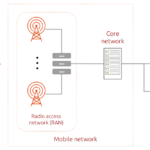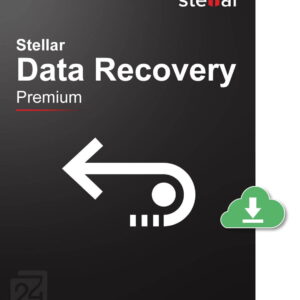Ensuring Efficient Public Cloud Operations for Administered Applications: Part One
Operating an application on a public cloud may lead one to believe that maintenance is not necessary. While the idea of a maintenance-free app would be ideal, the reality is that all apps, irrespective of their infrastructure or output, require regular upkeep to ensure accurate and reliable performance. Thus, despite the cost savings from choosing a public cloud, it is crucial to invest in maintaining the efficiency and functionality of your application stack. Neglecting maintenance can have significant repercussions on your business, projects, or overall goals. This is why outsourcing the operations of apps hosted on public cloud infrastructures can prove to be a prudent decision. Let’s delve deeper into the significance of this approach.
Benefits of Public Cloud Deployment
The decision between public cloud infrastructure and on-premises deployments has been a perpetual dilemma for DevOps and GitOps engineers over the years. Each option has its advantages and disadvantages, with the final choice depending on your specific use case.
For instance, when considering uptime, a private cloud setup typically needs to operate close to maximum capacity continuously to be cost-effective. This necessitates precise knowledge of the workloads and resources required to justify the hardware purchase. Contrastingly, high-performance workloads, such as those in machine learning, benefit from the flexibility of a public cloud environment. This flexibility allows for swift adjustments in computing resources based on demand fluctuations, a feat easily achieved in public clouds without upfront costs for hardware. Therefore, public clouds are ideal for deploying apps like AI/ML automation platforms (e.g., Kubeflow) or stream processing platforms (e.g., Kafka) that handle intermittent surges of data and computations tapering off to a lower baseline.
Public Cloud App Management
From an operational standpoint, managing deployments on public cloud platforms entails similar ongoing maintenance tasks as with on-premises setups. There exists a widespread misconception that deploying apps on public cloud clusters inherently simplifies operations. While this may hold true in isolated cases, such oversights often lead to operational deficiencies that hinder the effectiveness of the app. The primary distinction between public cloud and private deployments lies in the operational goals: where on-premises installations prioritize stability and coherence, public cloud deployments emphasize flexibility and speed. Let’s explore what operational excellence entails in a public cloud deployment:
Performance Oversight
Effective management involves continuous monitoring of your applications and their performance metrics, which can be a manual process due to the unique metrics associated with each app. Key performance indicators typically encompass capacity reports (resource utilization), workload efficiency, and error analysis. Implementing protocols for consistent and thorough performance measurement tailored to each component of your deployment is critical for maintaining optimal functionality.
Software Updates
Regular updates are crucial for maintaining optimal app performance and security. Updating apps on public cloud platforms is imperative as outdated versions can expose vulnerabilities and compromise business operations. Efficient updates not only unlock new features but also enhance performance and fortify security. However, careful consideration is essential before applying updates to ensure compatibility, identify potential vulnerabilities, and minimize downtime through meticulous implementation alongside robust backup procedures.
Enhancing Security
Security protocols in public cloud environments revolve around restricting unauthorized access to safeguard system integrity. Stringent security measures are essential to prevent breaches, data theft, or unauthorized system access. Configuration management, vulnerability mitigation, robust monitoring practices, and fortified incident management procedures are pivotal in safeguarding public cloud resources from potential threats.
Patch Management
Patch management involves timely distribution and application of updates to rectify security vulnerabilities and performance flaws. Comprehensive patching protocols, vulnerability assessments, and transparent reporting are integral to ensuring a secure and stable public cloud environment. Automation can streamline patch deployment processes, yet meticulous supervision and adaptation to the evolving cloud landscape remain imperative for effective patch management.
Considering Outsourcing for Operational Excellence
Amidst the complexity and demanding nature of public cloud operations, many organizations opt for outsourcing to managed service providers (MSPs) to alleviate the operational burden. Collaborating with an MSP can yield various benefits including cost predictability, enhanced operational efficiency, and a focus on core business objectives. In the subsequent portion of this blog series, we will delve deeper into the advantages and essential factors to consider when engaging an MSP for public cloud deployments. Stay tuned for more insights on how outsourcing can streamline your public cloud operations.
[Source: Managed Apps on Public Cloud – Operational Significance – Part I](https://ubuntu.com//blog/managed-apps-on-public-cloud-why-operations-matter-part-i)










